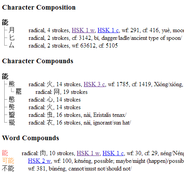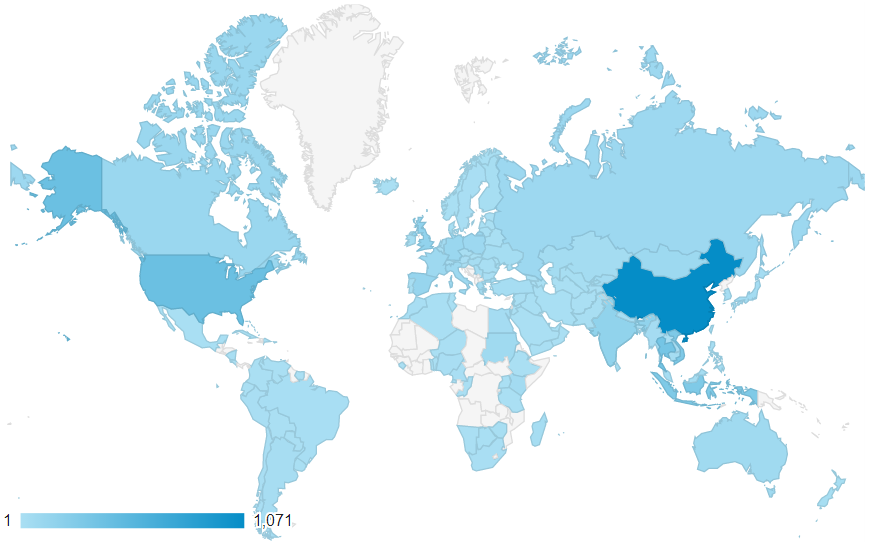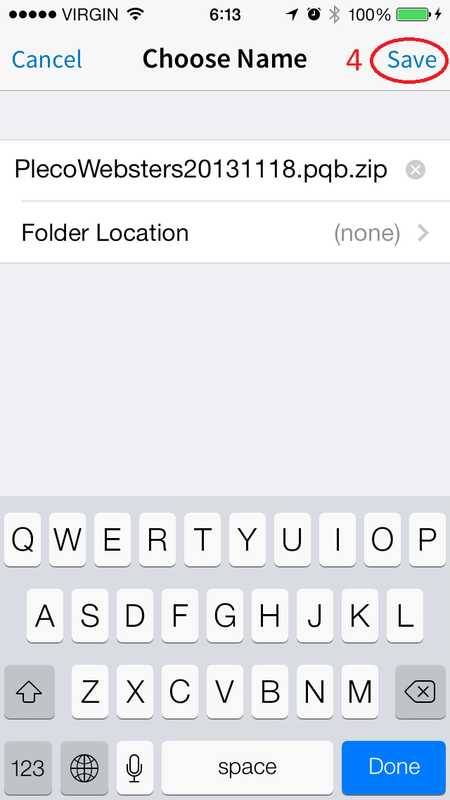These HSK 1 example sentences demonstrate the different ways that some HSK 1 words can be used. See my other posts for HSK 2 and HSK 3 examples. They are taken from the HSK information published by Hanban on www.chinesetest.cn . They are also available as a flashcard text file for HSK levels 1-3. Please share any more examples that you have in the comments. 48 sentences are with hanzi, pinyin, and English are shown after the jump!
Google created this nice map that shows which countries have visited my site most in the last month. The top 10 are: China, U.S., Thailand, Vietnam, Indonesia, India, U.K., Spain, Germany, Canada, Poland, Russia, Mongolia, Italy, France, Singapore, Australia, Sudan, Hong Kong, and Kenya!  The HSK list web pages and mini dictionary that appears when you click on words and characters in the pages have had a quick overhaul. There is a new option at the top of the page to ’expand‘ the characters and words to include frequency, radical, HSK version and definition information for every character displayed. Thanks Davide for reminding me to give that script some attention! Give the expanded versions of the pages a try: HSK Chars: http://hskhsk.pythonanywhere.com/hskchars2012?expand=yes HSK Words: http://hskhsk.pythonanywhere.com/hskwords2012?expand=yes Dictionary: http://hskhsk.pythonanywhere.com/cidian?expand=yes&q=%E8%83%BD In my last post I announced some new Pleco English-English user dictionaries. Here's a guide that shows how to install these dictionaries in Pleco 3.0. Step 1: Get the zip file into Pleco
I have created two English-English User dictionaries for use with Pleco. They are converted from Webster's Unabridged (1913) and WordNet 3.0 (2006). You can download them here! I also wrote a quick guide to installing them in Pleco 3.0. As well as learning the vocabulary for each HSK level, you have to learn how to use the words in a sentence. For some words such as nouns this is pretty obvious, but some verbs and other harder to classify words can only really be learned by example. I have created files which give example sentences for HSK levels 1-3, but even if you aren't studying for the HSK they might be useful for you. You can either browse these files to verify that you understand the usage examples or import them into a flashcard testing app. There are versions formatted for both Pleco and for Hanzi StickyStudy. The formats are simple tab-separated and it shouldn't be hard to modify them for other flashcard programs. I mentioned this file before, but I have added English translations for level 3, and started adding my own example sentences for a few of the level 3 words where the usage isn't completely obvious. I've added a dictionary 东西词典 to the script that runs my character analysis tool. It is currently only searchable by Chinese characters, but it has lots of links to related characters and words using character and word composition. It also shows at a glance information about HSK level and frequency. It contains links to some more polished dictionaries on each character and word. Give it a try here: http://hskhsk.pythonanywhere.com/cidian?q=%E8%83%BD I'm a big fan of the AllSet Learning Grammar Wiki, and one of the most useful things I've come across on there is a few pages that list Chinese grammatical points according to their European Common Framework level. These six levels roughly correspond to the six levels of the New HSK, so it would be a good idea for someone studying for the HSK to ensure that they are familiar with all of the grammar points at their level and below. Each list of grammatical points links to a page with more explanations and examples, a really great resource! I have noted the corresponding HSK levels for each page.
[Update 2nd December 2013: I added links to an HSK-aware dictionary to all the characters below!] Once you have learned a few hundred Chinese words, you start to come across sentences where you recognise all of the characters but have no idea what the actual meaning of the sentence is. This is because there are many 'patterns' in Chinese where a set arrangement of words has a specific meaning. Common Chinese Patterns 330 is a fantastic resource for picking up subtle grammar points that are easily missed. This book will help you to improve your grammar at any level, through clear examples. If you are studying for one of the HSK levels 1-5, you may not want to just work through the book from start to finish however, as you will be introduced to patterns that use characters above your level. The hanzi in the chapter list were coloured by HSK level using this script and then grouped by hand. The colours for HSK levels 1-6 are in the order that they appear in a rainbow: red, orange, yellow, green, blue, violet. The following list splits up the 'chapter' titles (patterns) by HSK level. Note that many of the patterns will not be encountered at the levels shown even though all of the characters are known at that level. In the long run I don't think it hurts to be exposed to these patterns early on though, and reinforce the meanings of the characters and words that make them up. Another couple of caveats: The example sentences for each pattern ignore HSK levels of course. It would be a good exercise to create some new example sentences for each pattern that only use characters from the HSK level in which it appears - if I get around to doing this I'll share the results (Feel free to send me any sentences that you create). Also some patterns have alternative words, and the alternatives may have different HSK levels. I have grouped these patterns at the higher of the two levels, to save studying the pattern twice. This post won't make much sense on a PC, but it should look fine on a Mac, iPhone, iPad, iPod, and very likely other mobile devices such as some versions of Android (let me know which devices it does and doesn't work on- thanks!). If you install a Unicode font that supports emoticons such as Symbola you will see a few more of the icons and a few less square boxes on a PC. If you use the pinyin keyboard on an iPhone or iPad you may have noticed that sometimes little Emoji characters) appear amont the matching hanzi. Emoji are the little pictures or icons that were originally created on Japanese phones so that 14 year old girls could make their text messages look cuter. The following is a list of all of the Emoji that I have notice along with the pinyin needed to type them, and the matching hanzi that the Emoji picture represents. Let me know if you notice any that I have missed. |





 RSS Feed
RSS Feed